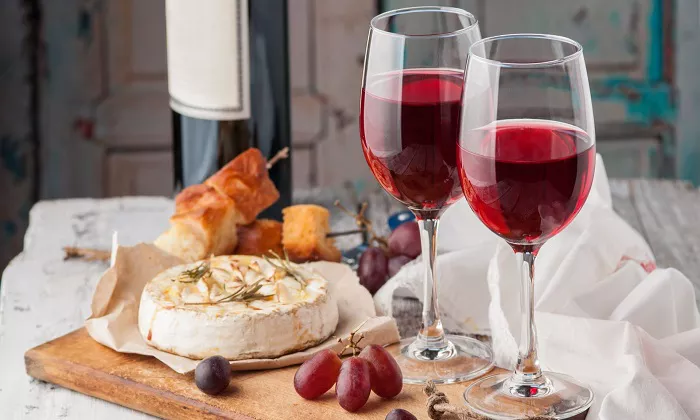The global wine industry is undergoing a transformative shift amid demographic changes, evolving consumer behavior, and mounting environmental pressures. Despite challenges such as a declining base of regular drinkers and economic uncertainty, the sector is showing resilience through product innovation, strategic market segmentation, and a growing emphasis on sustainability. A recent report by the International Wine and Spirits Research Institute (IWSR) highlights five critical trends shaping the industry’s future and identifies key growth opportunities.
Generational Divide Creates Market Tensions
Wine consumption is experiencing a notable generational gap. Between 2021 and 2024, the number of global wine consumers fell by five million, even as the total adult population increased. In the United States, for instance, the adult population grew by 9.5 million after 2022, but the number of monthly wine drinkers rose by just 500,000. This disconnect is most visible in mature markets such as the United Kingdom, France, Portugal, and Belgium, where consumers over the age of 55 account for nearly half of all wine consumption, while younger adults aged 21 to 35 show persistently low engagement.
Older consumers continue to dominate wine sales in Europe and North America but typically purchase lower-priced products less frequently and through traditional retail channels. Conversely, younger drinkers are more prevalent in emerging Asian markets like China and India, where local beverage traditions and cultural preferences still pose significant barriers. To bridge this divide, producers are turning to segmented marketing strategies—offering convenient packaging for older consumers, while engaging younger demographics through augmented reality features, blind tasting kits, and social media platforms such as TikTok and Xiaohongshu.
Moderation and Economic Pressure Reshape Consumption
The IWSR reports a steady decline in sales across the top ten global wine markets, with China’s still wine consumption dropping by nearly 100 million cases in recent years. Rising health consciousness and tighter personal budgets are primary factors, with 40% of consumers reducing alcohol intake for health reasons and 28% opting for more affordable alternatives.
This shift has fueled growth in non-traditional categories. Non-alcoholic sparkling wines now make up 70% of the alcohol-free and low-alcohol wine market, and low-alcohol still wines have posted a compound annual growth rate of 22% over the past five years. Innovations such as Suntory’s zero-alcohol wine in Japan and Sipful’s low-alcohol rosé, marketed for post-yoga consumption, reflect a broader trend of aligning wine with wellness and lifestyle.
Premiumization Outpaces Budget Offerings
A growing polarization in the wine market is seeing low-cost wines (under $10) lose ground, while premium wines (above $15) experience an 11% increase in global sales. Budget-conscious consumers are increasingly reliant on digital reviews and certification labels, such as those on the Vivino app, to guide purchasing decisions.
Meanwhile, premium brands are enhancing value through experiential marketing. French Bordeaux wineries have launched limited-edition gift boxes bundled with tasting course vouchers, resulting in a 23% boost in sales. Italy’s Antinori family winery has adopted NFT-based certificates for collectible wines, raising average transaction values by 30%. These developments suggest that while affordability remains essential for low-end wines, premium labels must distinguish themselves through exclusivity and immersive experiences.
Sustainability and Innovation Become Strategic Imperatives
Climate change continues to disrupt viticulture, prompting wine producers to invest in sustainable technologies. Spain’s Torres Winery has reduced emissions by 30% using carbon capture solutions, while Californian vineyards are employing AI-powered irrigation to cut water usage by a similar margin. Organic wine now holds a 65% market share in countries like Germany, France, and the UK, though global penetration remains under 5%.
Sustainability is also driving brand innovation. New Zealand’s Cloudy Bay has introduced eco-friendly bottle labels in partnership with designers, and French producers are repurposing grape pomace into skincare ingredients to promote a circular economy. Blockchain traceability and third-party certifications are emerging as tools to build consumer trust and integrate sustainability into brand identity.
Millennials Drive the Experience Economy
Millennials, defined as those aged 28 to 42, now account for 35% of high-end wine sales, with per capita spending in countries such as Australia and Brazil exceeding the market average by 30%. This demographic favors lesser-known varietals, such as Greek Assyrtiko, and multi-use consumption contexts. Notably, 76% discover new products through social media.
Brands are increasingly using interactive strategies to capture millennial interest. Napa Valley wineries have reported a 200% increase in footfall after launching “vineyard murder mystery” experiences, while Chile’s Concha y Toro Winery uses AI to recommend custom blends, achieving a 25% rise in conversion rates. Purpose-driven branding—such as highlighting female winemakers or showcasing carbon footprints—is also proving effective with this values-conscious group.
Conclusion
The future of the wine industry hinges on its ability to innovate amid structural challenges. Addressing generational shifts, responding to health-driven moderation, and capitalizing on premiumization are key to sustained growth. At the same time, embracing sustainable practices and technology will not only help mitigate climate risks but also elevate brand value.
While the low-cost wine segment continues to decline, the rise of high-end products and experience-driven marketing offers new vitality. To remain competitive, producers must align with evolving consumer expectations—delivering both product excellence and meaningful engagement in an increasingly complex global market.
You Might Be Interested In:


